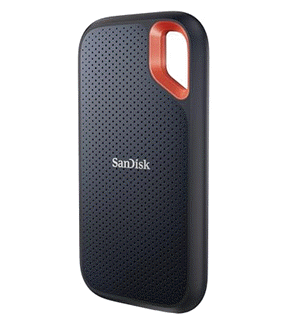2025-02-08 14:20:00
johnkerl.org
Tips for mathematical handwriting
John Kerl
kerl.john.r@gmail.com
Feb. 25, 2007
Now that you’re majoring in one of the technical disciplines
(engineering, science, or math), you’re going to be spending a
significant amount of time communicating in writing with others. You may find
that previously unimportant details, such as crossing your z’s,
now become essential — not only so that others can understand you, but
also so that you can avoid mistaking your own 2z for
z2 and so on. This is especially important if your
handwriting (like mine!) is less than perfect.
Before I continue, take a fresh look at our Roman alphabet, the digits, and
the Greek alphabet:
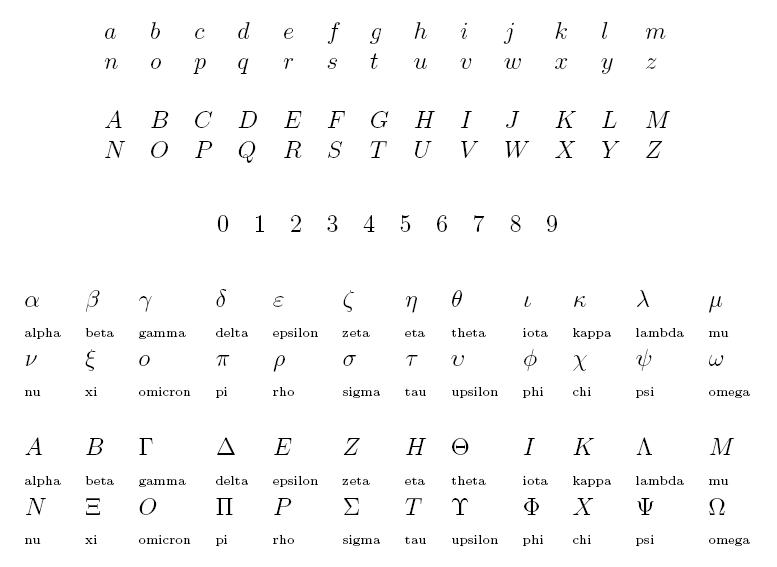
Notice that these mechanically typeset symbols are all clear and distinct
(except that lowercase omicron and most of the uppercase Greek letters look
like Roman letters — we don’t use these “duplicates”).
When we write by hand, though, symbols can become ambiguous —
we’re not machines, and things get a little loopy when we hurry. In
prose, surrounding letters can disambiguate a questionable letter — e.g.
you can guess that the fourth letter of hou*e has to be an s.
But in mathematical expressions we mix symbols from different alphabets, in
different orders, so context can’t assist us — and when we guess,
we often guess wrong. So it now becomes very important that each letter be
clearly recognizable on its own merits.
Here are samples, followed by the points I consider most important.
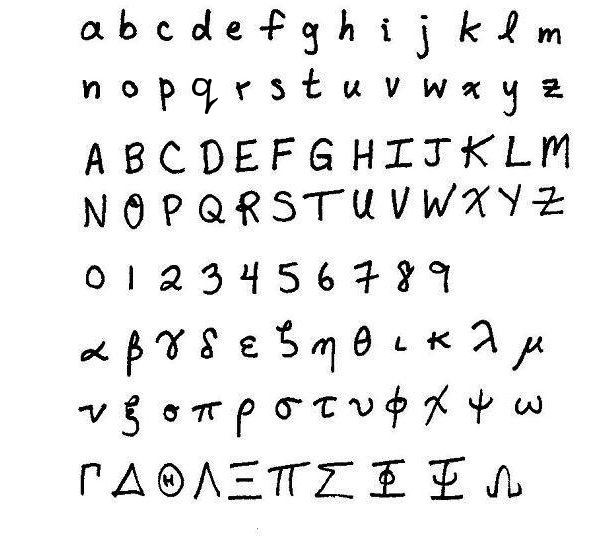
Lowercase Roman letters:
- Always make the lowercase l cursive —
otherwise it looks like a 1.
Make sure it’s taller than an e:
 ,
,
 ,
,
 .
.
The lowercase l isn’t a good variable name to use (since it can
look like a 1), but lots of people use it and so you’ll be seeing more of
it. - Make a point come out of the top of the p, to distinguish it from a
rho:
 ,
,
 .
.
- Put a stroke on the q, to avoid confusion with 9 — and not a loop, to avoid confusion with 8:
 ,
,
 .
.
- Put a hook at the bottom of the t so it doesn’t look like a
plus sign:
 ,
,
 .
.
- Put a tail on the u, so it doesn’t look like a v:
 ,
,
 .
.
- Keep the v and w pointy on the bottom so they don’t
look like nu and omega, respectively:
 ,
,
 ,
,
 ,
,
 .
.
- Put a hook on the x to distinguish it from a times sign:
 ,
,
 .
.
In 3rd-semester calculus and onward you’ll be using the times sign quite
often. - Cross your z’s. Else they look like 2’s:
 ,
,
 .
.
Uppercase Roman letters:
Digits:
Lowercase Greek letters:
- Many incoming freshmen aren’t accustomed to Greek letters, and
substitute alphas with a’s, and so on. The fact is, though,
you’re going to be seeing more and more Greek letters as you go on. Your
mathematical world is growing — accept it, and learn to use this
beautiful alphabet. - Draw the alpha in one easy swoosh. Be careful it doesn’t look like a
2:
 ,
,
 .
.
- Put a long tail on the eta and mu to keep them from looking like n
and cursive u, respectively:
 ,
,
 ,
,
 ,
,
 .
.
- Put a hook on the top of the lambda:
 .
.
- The nu is a very bad letter — it looks like too many others!
Unfortunately, lots of people use it. Include the hook on the left, and the
point at the bottom, to keep it from looking like a u or v or
upsilon:
 ,
,
 ,
,
 ,
,
 .
.
- We don’t use omicron — it’s identical to a Roman
o. - The upsilon is just as bad as the nu. Happily, not many people use it.
Make sure it doesn’t look like a u, v, or nu:
 ,
,
 ,
,
 ,
,
 .
.
- Keep the slash in the phi vertical; keep the slash in the empty-set symbol
slanted:
 ,
,
 .
.
- The lower-case chi is tricky, and unfortunately it gets used a lot. Make
the upward slash far bigger than the downward slash to distinguish this letter
from lowercase x and uppercase X:
 ,
,
 ,
,
 .
.
- Keep the omega rounded to distinguish it from w. This one gets used
a lot in physics courses.
 ,
,
 .
.
Uppercase Greek letters:
- Most of these are indistinguishable from uppercase Roman letters. (E.g.
a capital alpha is the same as a capital A.) So, we don’t use them. - Make an uppercase H inside the uppercase theta. Nothing else
distinguishes it from lowercase theta:
 ,
,
 .
.
- Bar the uppercase phi and psi, just as you would bar an uppercase I:
 ,
,
 .
.
Keep your files stored safely and securely with the SanDisk 2TB Extreme Portable SSD. With over 69,505 ratings and an impressive 4.6 out of 5 stars, this product has been purchased over 8K+ times in the past month. At only $129.99, this Amazon’s Choice product is a must-have for secure file storage.
Help keep private content private with the included password protection featuring 256-bit AES hardware encryption. Order now for just $129.99 on Amazon!
Help Power Techcratic’s Future – Scan To Support
If Techcratic’s content and insights have helped you, consider giving back by supporting the platform with crypto. Every contribution makes a difference, whether it’s for high-quality content, server maintenance, or future updates. Techcratic is constantly evolving, and your support helps drive that progress.
As a solo operator who wears all the hats, creating content, managing the tech, and running the site, your support allows me to stay focused on delivering valuable resources. Your support keeps everything running smoothly and enables me to continue creating the content you love. I’m deeply grateful for your support, it truly means the world to me! Thank you!
|
BITCOIN
bc1qlszw7elx2qahjwvaryh0tkgg8y68enw30gpvge Scan the QR code with your crypto wallet app |
|
DOGECOIN
D64GwvvYQxFXYyan3oQCrmWfidf6T3JpBA Scan the QR code with your crypto wallet app |
|
ETHEREUM
0xe9BC980DF3d985730dA827996B43E4A62CCBAA7a Scan the QR code with your crypto wallet app |
Please read the Privacy and Security Disclaimer on how Techcratic handles your support.
Disclaimer: As an Amazon Associate, Techcratic may earn from qualifying purchases.






































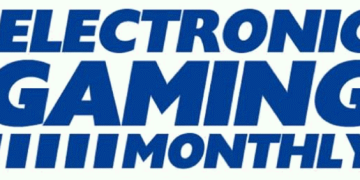




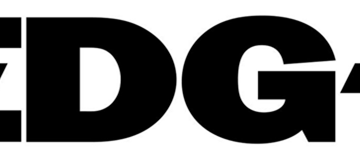
















![[5-Yrs Free Data Recovery] GIGASTONE 256GB SD Card, 4K Camera Pro, A1 V30 SDXC Memory…](https://techcratic.com/wp-content/uploads/2025/09/51F2IcqgHrL._AC_SL1000_-360x180.jpg)




























